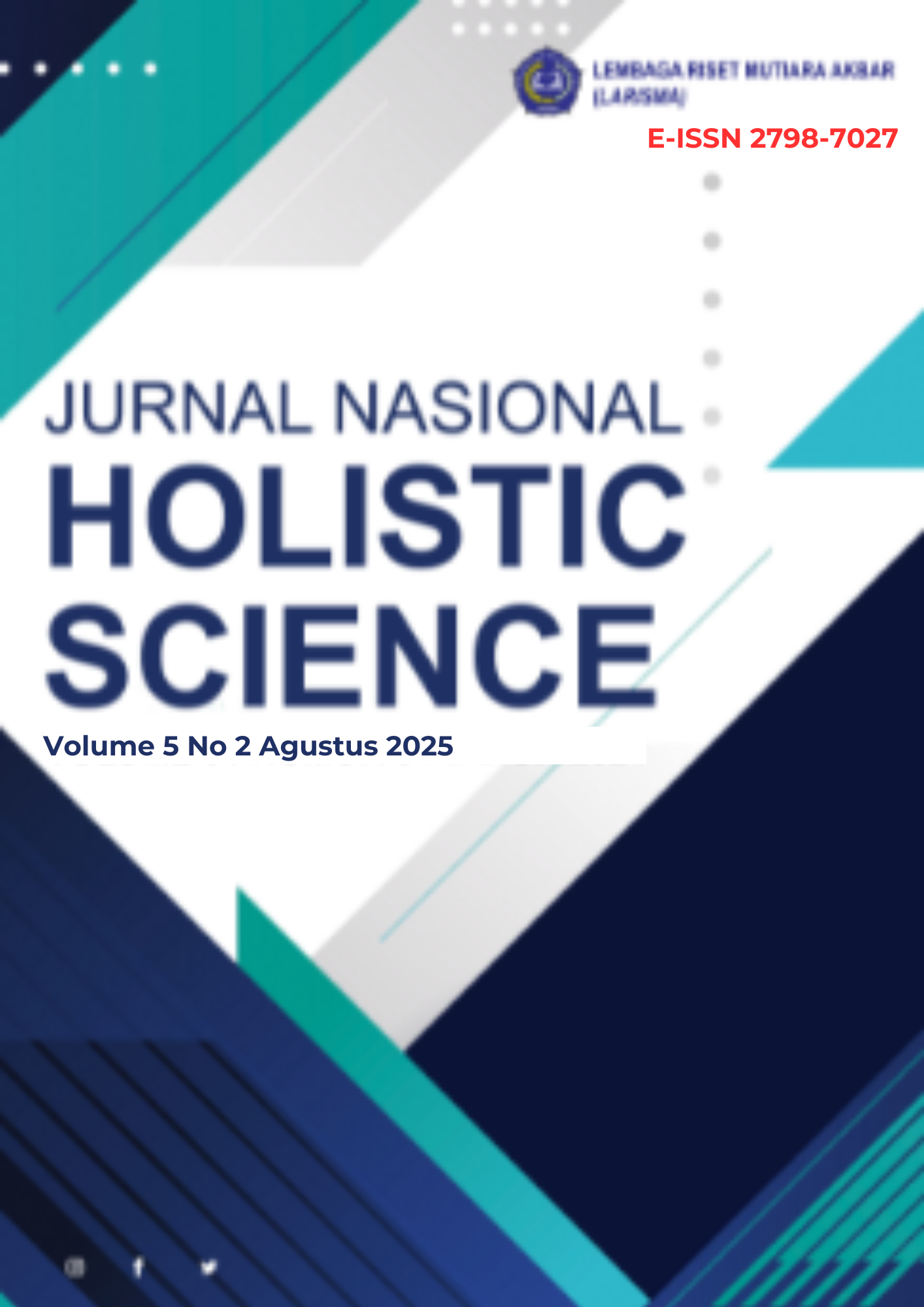An Analysis of the Impact of Web Series in Shaping Consumer Preferences: A Case Study of the South Korean Drama Series Hospital Playlist
Main Article Content
Abstract
The development of digital technology has changed media consumption patterns, presenting opportunities for web series to shape consumer preferences. Hospital Playlist, a Korean drama with a realistic narrative and humanitarian values, is a successful example of combining quality content and creative marketing strategies. This study aims to analyze the impact of web series on shaping consumer preferences through a case study of Hospital Playlist. The method used was a qualitative case study approach, involving in-depth interviews, social media observation, and content analysis. Informants were selected through purposive sampling with the criteria of having watched at least one season of Hospital Playlist and actively discussing it on social media. The results show that emotional engagement is a dominant factor in shaping preferences, supported by authentic storytelling, authentic characters, and appropriate background music. Cross-platform marketing strategies, including the use of social media and a partnership with Netflix, expanded reach and strengthened audience loyalty. These findings confirm that the combination of a strong narrative, integrated distribution, and emotional engagement is effective in building and maintaining audience interest. In conclusion, Hospital Playlist has successfully become a model for digital entertainment content strategies that are able to shape consumer preferences through an emotional approach and creative marketing, providing important implications for the development of mass communication theory and entertainment industry practice.
Article Details

This work is licensed under a Creative Commons Attribution-ShareAlike 4.0 International License.
References
Asrita, S., & Rhizky, D. P. (2020). Wacana product placement Tropicana Slip dalam branded web series. IPTEK-KOM, 22(1).
Choi, J. (2021). Digital marketing strategies in the OTT era: A case study of Korean dramas. Journal of Media Business, 18(2), 45–59. https://doi.org/10.1080/16522354.2021.1891234
Creswell, J. W. (2020). Qualitative inquiry and research design: Choosing among five approaches (4th ed.). Sage.
Firayanti, Y., Marhamah, S., Syaifuddin, S. M., & Mahardhika, T. (2024). Pemasaran digital dan media sosial. UNU Kalbar Press.
Flick, U. (2022). An introduction to qualitative research (7th ed.). Sage.
Han, S., & Lee, M. (2021). The role of storytelling in Korean drama popularity. Asian Journal of Communication, 31(5), 397–413. https://doi.org/10.1080/01292986.2021.1945309
Intan, N. C. M. (2024). Pergeseran preferensi menonton dan transformasi media digital di Indonesia akibat dominasi Netflix. JEMSI: Jurnal Ekonomi Manajemen Sistem Informasi, 6(2).
Katz, E., Blumler, J. G., & Gurevitch, M. (2020). Uses and gratifications research. Sage Publications.
Kim, H. (2022). Cultural influence of Korean dramas on global audiences. International Journal of Cultural Studies, 25(4), 567–584. https://doi.org/10.1177/13678779211011234
Lim, J., & Park, S. (2020). Audience engagement in action web series: The role of narrative intensity. International Journal of Communication, 14, 3256–3275.
McQuail, D. (2020). McQuail’s mass communication theory (7th ed.). Sage.
Miles, M. B., Huberman, A. M., & Saldaña, J. (2020). Qualitative data analysis: A methods sourcebook (4th ed.). Sage.
Mustofa, M. B., Al-Fajar, A., & Saliem, O. D. (2022). Fungsi komunikasi massa dalam film. Jurnal Komunikasi dan Penyiaran Islam, 2(1).
Prasetyo, R., & Hidayat, M. (2020). Social media marketing effectiveness in Indonesian web series promotion. Jurnal Komunikasi Indonesia, 9(1), 55–70. https://doi.org/10.7454/jki.v9i1.1170
Putri, A. R., & Anshari, F. (2021). Streaming platforms and consumer behavior: The case of web series. Jurnal Komunikasi Indonesia, 9(2), 210–224. https://doi.org/10.7454/jki.v9i2.1121
Rahayu, S., & Nugraha, D. (2022). Digital media consumption patterns among Indonesian youth. Jurnal Ilmu Komunikasi, 14(1), 88–102. https://doi.org/10.24002/jik.v14i1.5219
Rinidji, A. P., & Hidayat, D. (2024). Perubahan perilaku masyarakat dalam menghadapi transformasi digital dalam penyiaran televisi (Studi kasus mengenai kebiasaan baru masyarakat di Desa Cingcin dalam menyikapi digitalisasi penyiaran televisi). Jurnal Komunikasi & Administrasi Publik, 11(1).
Sugiyono. (2023). Metode penelitian kuantitatif, kualitatif, dan R&D. Alfabeta.
Susanti, Y., & Prabowo, H. (2020). Impact of on-demand video services on viewing habits. Journal of Communication Studies, 12(3), 145–160. https://doi.org/10.20473/jcs.v12i3.2211
Susanto, A., & Wardhani, L. (2020). Audience preference formation in local comedy web series. Jurnal Penelitian Komunikasi dan Opini Publik, 24(2), 85–98. https://doi.org/10.20473/jpkop.v24i2.1912

